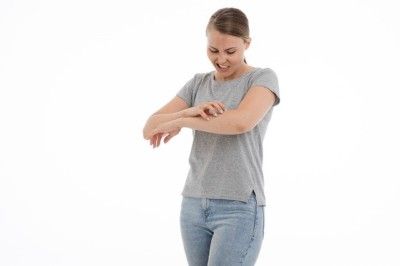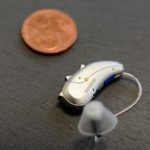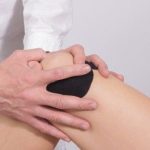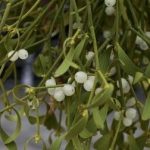
What to do in case of rose lichen?
Rose rosacea, also known as psoriasis, is a specific skin disease that affects the skin. According to statistics, this occurs mainly in young adults and adolescents.
The disease itself progresses in two phases, with skin changes visible on the upper body of affected individuals. These are round and have a scaly edge.
Unfortunately, it is still not clear what causes this disease, which of course also complicates the therapy. Fortunately, there is now the Internet, which can be used as an excellent source of information for affected individuals.
What is erythematous lichen??
As already mentioned, this is a skin disease. It is most common in young people between 10 and 35 years of age, although it is not contagious to other people.
The course of the disease is acute, however, according to experts, it stops completely after only eight weeks and thus does not spread further.
The primary medallion is often seen as a characteristic feature. The skin disease now spreads further from here. However, it is a disease that does not need to be treated compulsively.
This is only necessary in case of a severe course with itching if desired.
The typical symptoms
This skin disease tends to have few symptoms and is therefore not so bad that it is absolutely necessary to treat it. The reddened and scaly skin rash is unpleasant and above all visually disturbing, but for most sufferers it itches only slightly, if at all.
Mostly the upper part of the body is affected, so that the rash cannot be seen from the outside if one is clothed, because the face, hands and feet are usually not affected.
However, if the affected person notices that the rash also appears on the face, a doctor should be consulted urgently, who should possibly look for another diagnosis.
Course of the disease rose lichen
As a rule, rosacea starts with a primary focus, which is also called a primary medallion or a mother plate. The size can be approx. which corresponds to a coin and is found somewhere on the upper part of the body.
From a purely visual point of view, the outer edge is red and scaly, while the center is lighter and described as pale.
Now, in the course of this disease, more small and oval areas form on the skin.
These are red and flaky. As already mentioned, they usually appear only on the body, although in rare cases they can also be seen on the legs and arms.
Accompanying symptoms also occur very rarely, although the individual red spots might itch slightly. Thus, it is a skin disease, which very rarely negatively affects everyday life.
While the normal disease disappears after eight weeks, it can also occasionally ca. last three months, i.e. twelve weeks, or even longer.
Unfortunately, at present there are no exact causes, nor is there a possibility to influence the rose lichen by a special treatment, respectively. to shorten.
Conclusion
Unfortunately, this disease can neither be prevented nor the exact cause determined. Also direct treatments, which shorten the course, there are no. However, it is possible to find out as much as possible about the possible possibilities and causes, and thus to educate oneself further.





